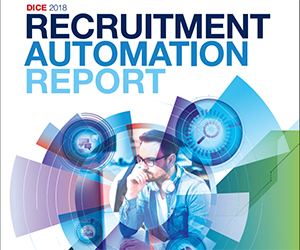LinkedIn has transformed HR over the last 20+ years. Its execs have big plans for its AI-powered future.
HR Brew
MARCH 21, 2025
One of Hari Srinivasans first projects at LinkedIn was to help design the platforms profiles. As he leads the company's future product development, especially as it contends with the current AI business transformation, one overarching fundamental remains clear, he said. We own our own profiles, so the recruiters dont own the data.























































Let's personalize your content